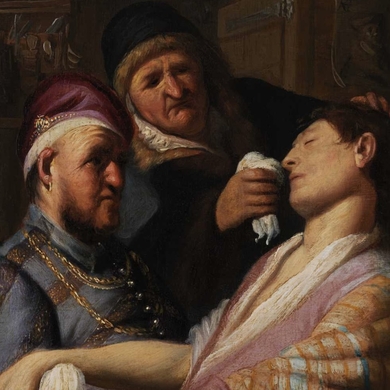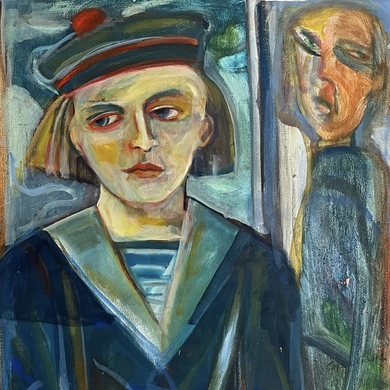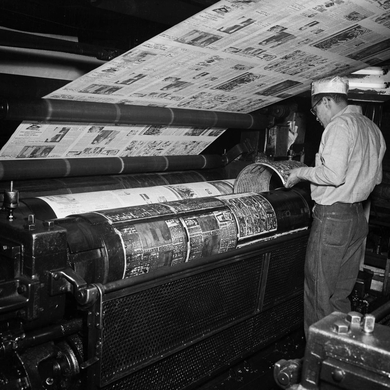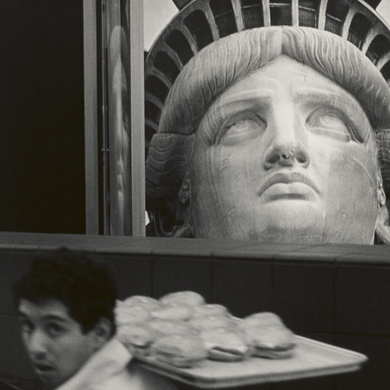The talk of the television world is Shōgun, the hit historical drama series based on James Clavell’s epic novel. It takes place in 17th-century Japan, during the late stages of the Sengoku period. Characterized by violence, the era saw the lower classes revolting against feudal lords, while samurai—the warrior class—increased their power and presence. By the time the 1700s rolled around, samurai had become less conflict-driven and more bureaucratic. Japanese society followed suit and the Edo period began. This was a time of peace and economic prosperity, the stability of which allowed the arts to flourish. The genre of art known as ukiyo-e (pictures of the floating world) was at the forefront of this development. In the mediums of painting and woodblock printing, artists created colorful scenes from Japanese folk tales and history, and also pictured the vibrant culture present during Edo. The Blanton Museum of Art hosts an exhibition of more than 130 ukiyo-e woodblock prints and painted scrolls. —Jack Sullivan
Arts Intel Report
The Floating World: Masterpieces of Edo Japan

Utagawa Kuniyoshi, Kaga: Yuki, from the series “Famous Products of Mountain and Sea,” circa 1833.
When
Feb 11 – June 30, 2024
Where
200 E Martin Luther King Jr Blvd, Austin, TX 78712, United States
Etc
Photo courtesy of the Worcester Art Museum/John Chandler Bancroft Collection



